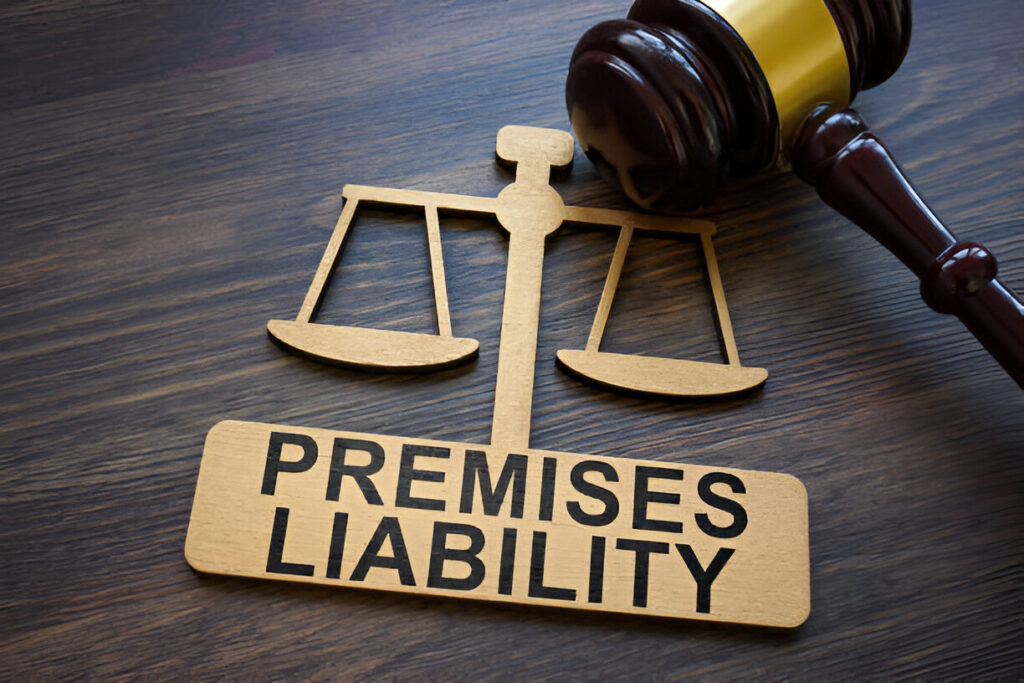If you slip on a wet floor in a store or trip on an uneven sidewalk, you may be dealing with premises liability. This legal concept holds property owners responsible for accidents on their land. Understanding when you can sue is crucial. You need to know what property owners must do to keep their spaces safe. They should fix hazards promptly. If they don’t, and you get hurt, you might have a case. Premises liability covers various situations like falling objects or poor lighting. To win, you must show the owner knew—or should have known—about the danger and failed to address it. Your safety is important. Knowing your rights can help you take action if you’re injured. Want to learn more about your next steps or legal options? Find detailed insights and guidance on how to navigate this challenging process when you click here.
Understanding Premises Liability
Premises liability is more than just a concept; it’s about responsibility. Property owners and occupiers must ensure their premises are safe. Failure to do so may lead to accidents. Hazards can take various forms. Slippery floors, broken stairs, and poor lighting are just a few examples. If such dangers are present and someone gets hurt, the property owner might be liable.
Types of Visitors and Their Rights
Understanding the type of visitor involved is key. Visitors fall into three categories: invitees, licensees, and trespassers. Each has specific rights.
| Visitor Type | Description | Owner’s Duty |
|---|---|---|
| Invitee | Someone invited for business purposes, like a customer in a store. | Must ensure the premises are safe. |
| Licensee | Someone permitted to enter for non-business purposes, like a guest. | Must warn of known dangers. |
| Trespasser | Someone with no legal right to be there. | Limited duty, generally not to harm intentionally. |
When Can You Sue?
To sue, you must prove certain elements. First, show the owner owed you a duty of care. Next, demonstrate the owner failed to meet that duty. Then, link that failure directly to your injury. Lastly, prove you suffered actual damages. This process can be complex. Understanding your state’s specific laws is crucial, as they vary.
Examples of Premises Liability Cases
Real-life examples help clarify. Consider a grocery store. If a staff member mops the floor and fails to put up a warning sign, a customer could slip. The store might face liability. Or think of a poorly lit stairwell. If someone trips and falls, the owner could be responsible if they knew the lighting was inadequate but did nothing.
Your Legal Options
Once you believe you have a case, act promptly. Document everything. Take photos of the hazard and your injuries. Get statements from witnesses. Seek medical attention immediately. Keep records of all related expenses. Consult a legal expert to guide you through the process.
Conclusion
Accidents happen, but knowing your rights empowers you. Premises liability law is about ensuring safety. Property owners have a duty to maintain safe environments. If they neglect this duty, and you suffer harm, you have options. For more detailed information about legal principles and rights, consider visiting the U.S. Government’s legal aid page.



